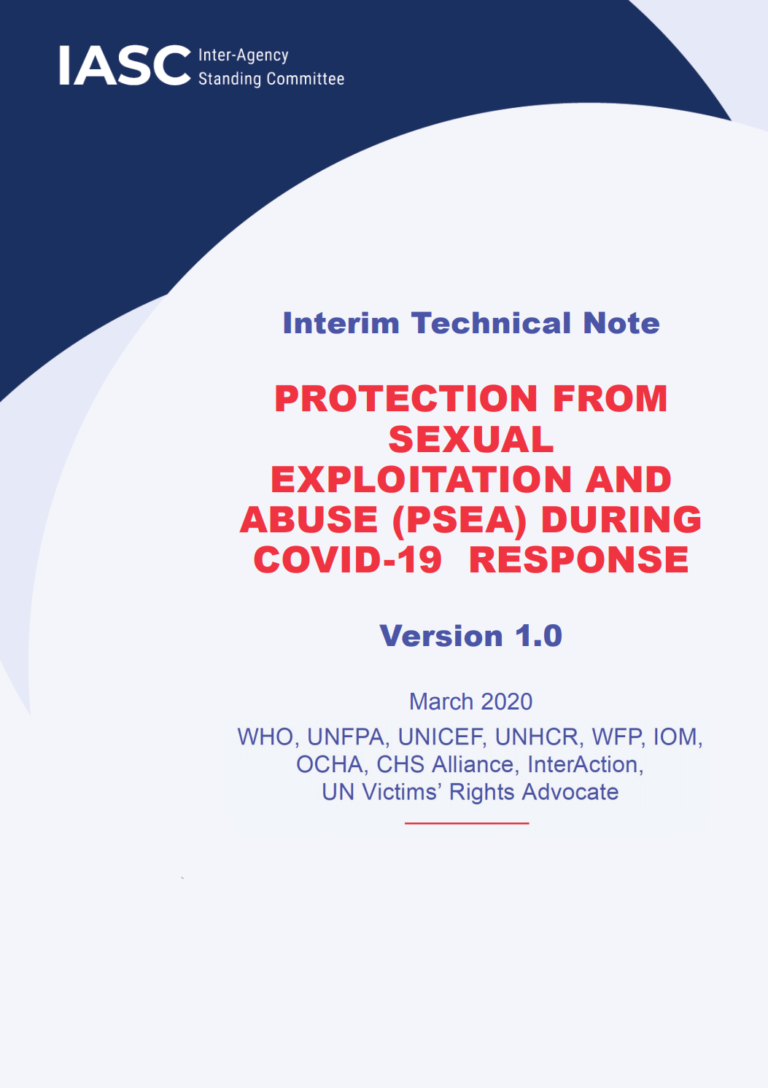International Framework for Action: To Implement the Trafficking in Persons Protocol
GuidanceGood PracticesThe Framework for Action is a technical assistance tool that aims to assist United Nations Member States in the effective implementation of the United Nations Protocol to Prevent, Suppress and Punish Trafficking in Persons, Especially Women and Chil...Read More

